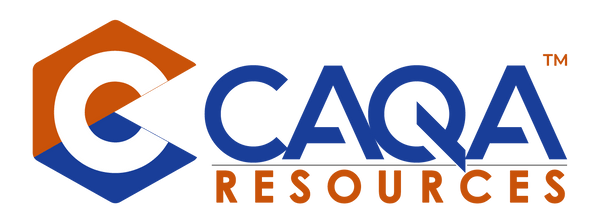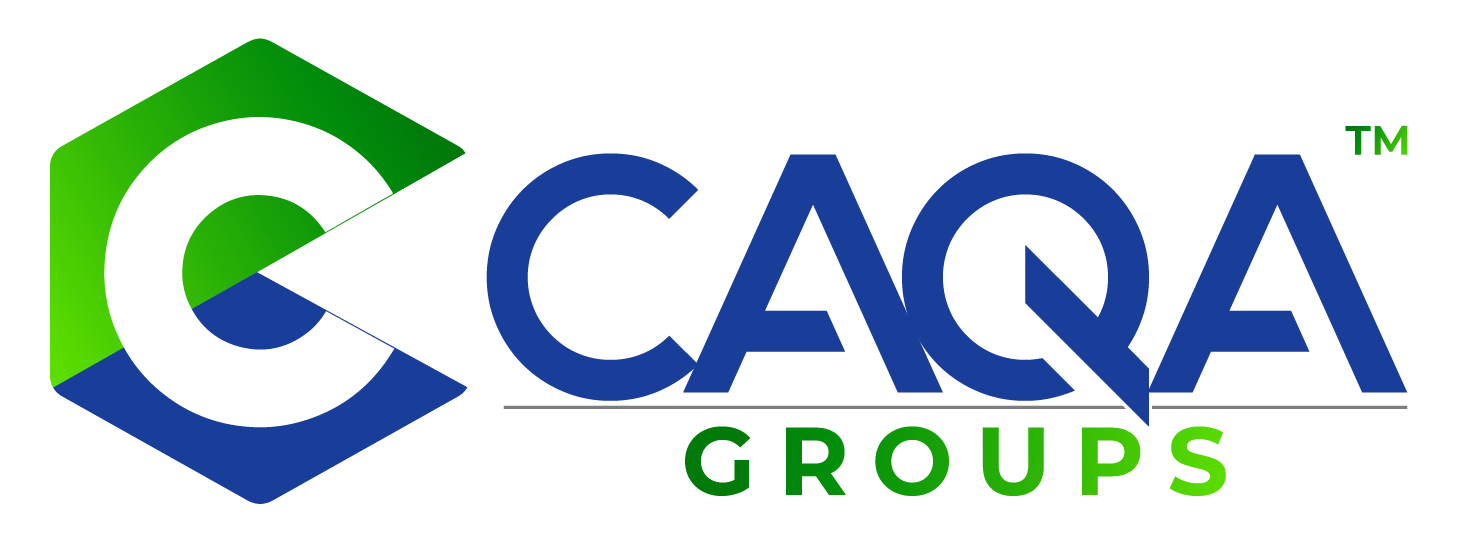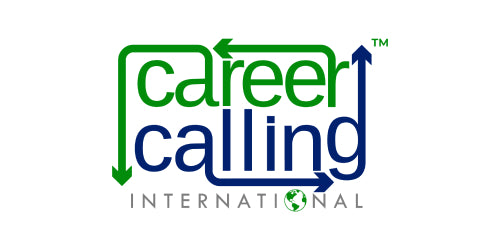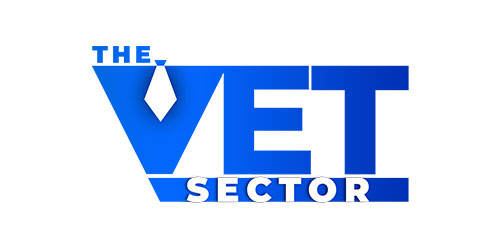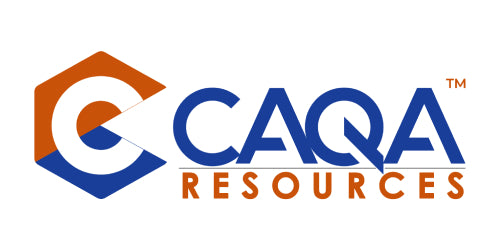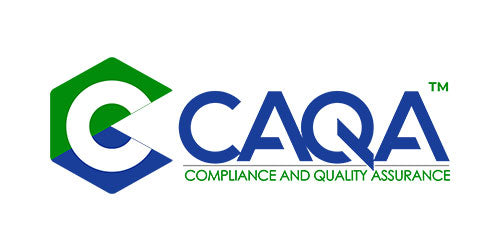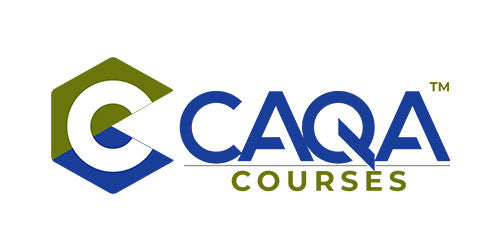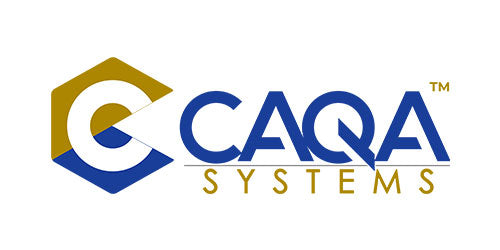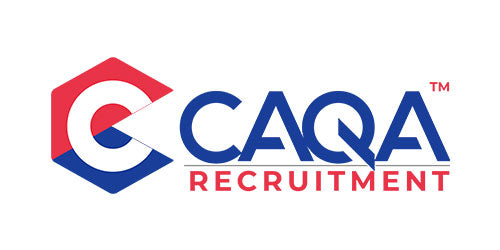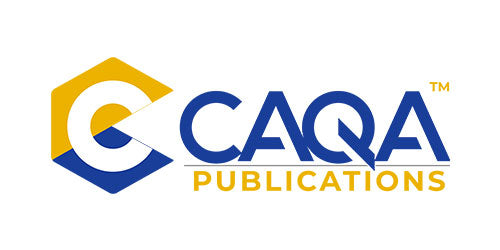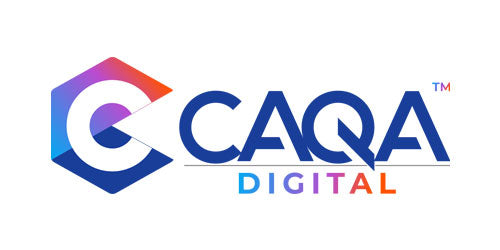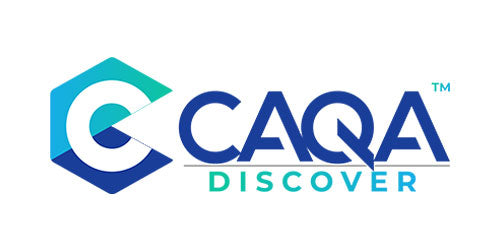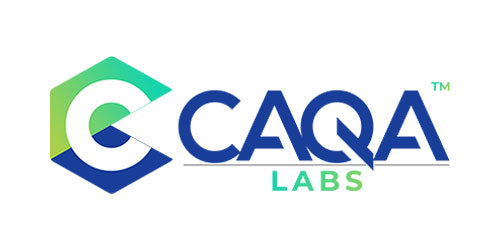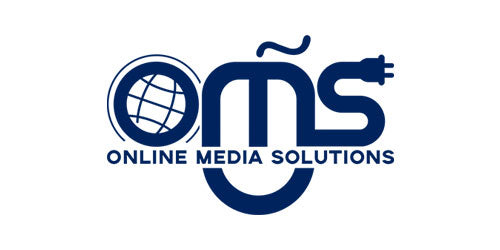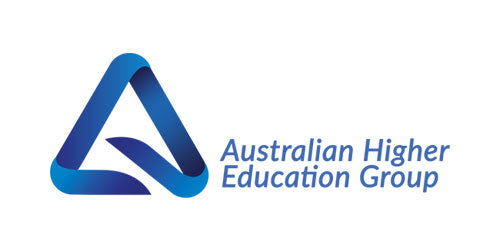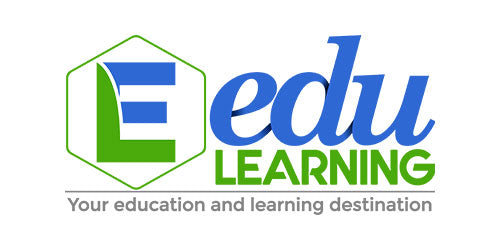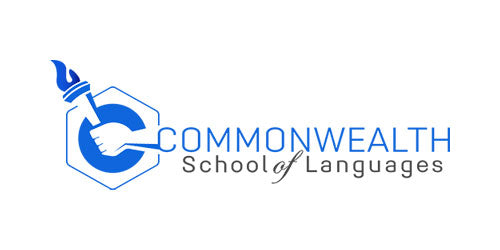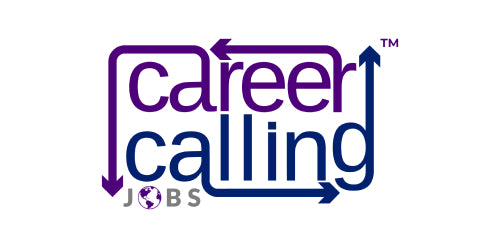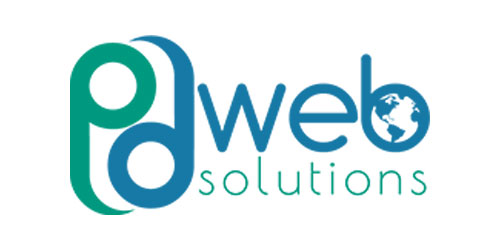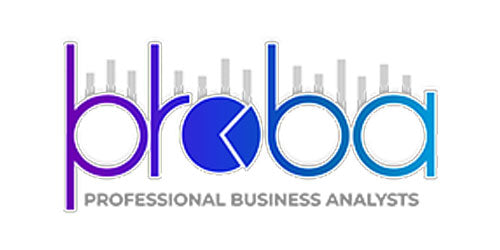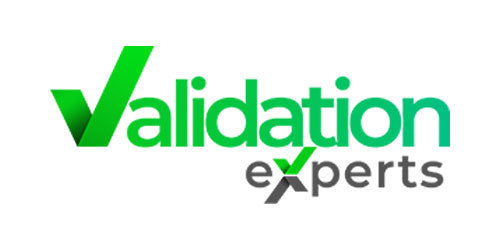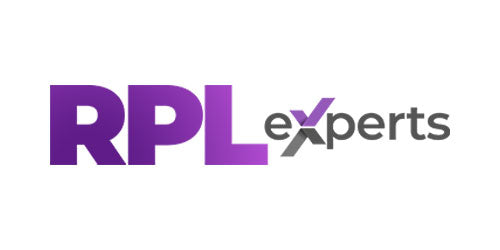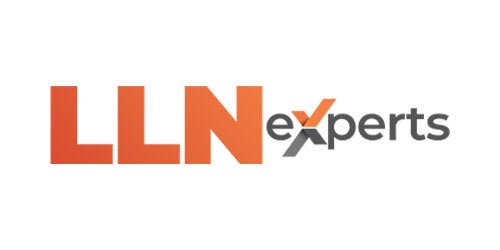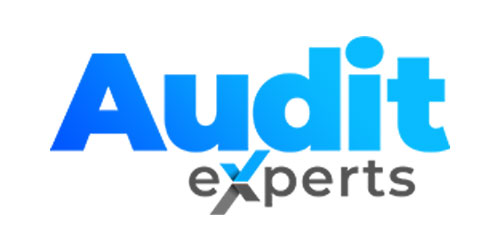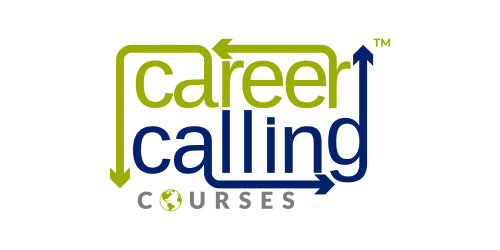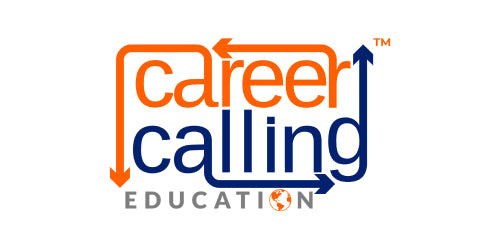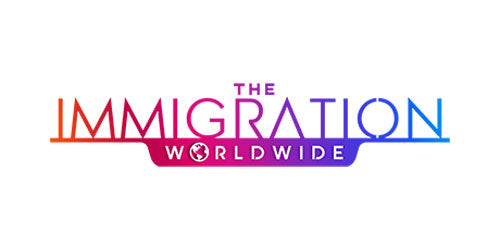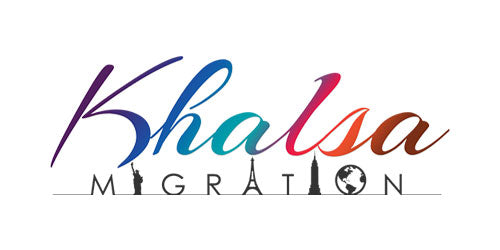Introduction
Imagine an AI assistant who understands your words and perceives the world around you through video and audio. An assistant that can engage in real-time conversation, adjusting its voice to convey emotions that match the moment. This futuristic scenario is now a reality with OpenAI's latest and greatest model, GPT-4o, unveiled on May 13, 2024. GPT-4o promises to transform various aspects of vocational education, training, and industry with its multimodal capabilities. This article delves into the potential impacts of GPT-40 on these fields, highlighting how it can revolutionise learning, skill development, and industry practices.
What is GPT-4o?
GPT-4o, short for Generative Pre-trained Transformer 4o, is a cutting-edge AI model developed by OpenAI. Unlike its predecessors, GPT-4o can process and understand information across multiple modalities, including text, audio, and visual inputs. This means GPT-4o can comprehend written text, analyse real-time video and audio inputs, and engage in nuanced, emotionally intelligent conversations. During OpenAI's Spring Updates event, Chief Technology Officer Mira Murati described GPT-4o as a "multimodal foundation model that reasons across voice, text, and vision," setting the stage for a new era of AI interaction.
How GPT-4o Works
At its core, GPT-4o is a large language model trained on massive amounts of data from the internet, including text, images, and videos. This extensive training allows GPT-4o to process and comprehend multimodal inputs simultaneously. For instance, GPT-4o can analyse and describe an image in great detail during a video call, understand the context provided through voice and gestures, and respond accordingly. Its capabilities extend beyond simple image recognition, enabling it to understand complex visual concepts, diagrams, and real-time video footage. This opens up a myriad of possibilities for applications in fields like education, healthcare, and creative industries.
Impact on Vocational Education and Training
Personalised Learning Experiences
One of the most significant impacts of GPT-4o on vocational education and training is its ability to provide personalised learning experiences. Imagine a student taking an online course who struggles with a complex concept related to automotive mechanics. With GPT-4o, the student can show a diagram or video of an engine component, and the AI can provide detailed explanations, answer questions, and suggest additional resources. This personalised assistance can help students grasp difficult concepts more effectively, leading to improved learning outcomes.
Real-time Feedback and Guidance
GPT-4o's real-time processing capabilities allow it to provide immediate feedback and guidance to students. For example, in a welding course, students can perform their tasks while GPT-4o analyses their technique through video input. The AI can then offer constructive feedback, highlight mistakes, and suggest improvements on the spot. This real-time guidance can significantly enhance the hands-on learning experience, ensuring students develop practical skills more efficiently.
Enhanced Accessibility and Inclusivity
Vocational education and training often face challenges related to accessibility and inclusivity. GPT-4o can help address these challenges by offering tailored support to diverse learners. For instance, students with visual impairments can benefit from GPT-4o's audio descriptions of visual materials, while those with hearing impairments can receive text-based explanations. Moreover, GPT-4o's ability to detect and respond to emotional cues can provide additional support to students with learning disabilities, creating a more inclusive learning environment.
Continuous Professional Development
GPT-4o's capabilities extend beyond initial training, offering continuous professional development opportunities for workers. In fields such as healthcare, where staying updated with the latest advancements is crucial, GPT-4o can analyse medical literature, summarise key findings, and provide recommendations for further reading. This ongoing support can help professionals stay abreast of industry developments, enhancing their skills and knowledge over time.
Impact on Industry
Streamlined Training Processes
Industries that require specialised training, such as manufacturing, construction, and healthcare, can greatly benefit from GPT-4o's capabilities. The AI can streamline training processes by providing interactive and immersive training modules. For example, in manufacturing, new employees can learn to operate machinery through GPT-4o's guided video tutorials, receiving real-time feedback and troubleshooting tips. This efficient training approach can reduce onboarding time and ensure workers are well-prepared for their roles.
Improved Safety and Compliance
Safety and compliance are paramount in many industries. GPT-4o can enhance safety training by simulating hazardous scenarios and guiding workers on proper safety protocols. For instance, construction workers can participate in virtual safety drills where GPT-4o analyses their responses and provides corrective feedback. Additionally, the AI can keep track of regulatory changes and update training materials accordingly, ensuring workers are always informed about the latest compliance requirements.
Enhanced Customer Service
GPT-4o's emotional intelligence capabilities can revolutionise customer service across various industries. Virtual assistants and chatbots powered by GPT-4o can provide empathetic and personalised support to customers, enhancing their overall experience. For example, in the hospitality industry, a customer seeking assistance with a booking issue can interact with a GPT-4o-powered assistant who detects their frustration and responds with empathy, providing timely and accurate solutions. This level of personalised service can improve customer satisfaction and loyalty.
Accelerated Innovation and Research
Industries that rely heavily on research and development, such as biotechnology, pharmaceuticals, and engineering, can leverage GPT-4o's analytical capabilities to accelerate innovation. The AI can process and analyse vast amounts of data, uncovering insights and patterns that may have been previously overlooked. For example, in pharmaceutical research, GPT-4o can analyse molecular structures, simulations, and experimental data to identify potential drug candidates, expediting the drug discovery process.
Potential Downsides and Concerns
Privacy and Security
With GPT-4o's ability to process real-time video and audio inputs, there are valid data privacy and security concerns. Companies developing and deploying this technology must implement robust security measures and clear guidelines to protect user privacy and prevent misuse. Ensuring transparency and user consent will be crucial in addressing these concerns.
Bias and Accuracy
Like any AI model, GPT-4o is trained on data that may contain inherent biases or inaccuracies. While developers are working to mitigate these issues, it is essential to approach GPT-4o's outputs with a critical eye and fact-check information when necessary. Ongoing efforts to improve the fairness and accuracy of AI models will be crucial in maintaining user trust.
Impact on Employment
As AI technology becomes more advanced and capable, disruptions and displacements in certain job markets may occur. Policymakers, educators, and industry leaders must proactively address these challenges and ensure a smooth transition for workers affected by technological advancements. This may include reskilling and upskilling programs and support for transitioning to new roles.
Future Impacts and Applications
Education
The field of education stands to benefit immensely from GPT-4o's capabilities. Personalised virtual tutors powered by GPT-4o can provide tailored feedback and guidance based on individual learning styles. The AI's ability to understand and analyse visual inputs can create more engaging and interactive educational experiences, bridging the gap between traditional classroom settings and remote learning.
Creative Industries
Artists, filmmakers, and creatives can leverage GPT-4o to enhance their creative processes. The AI can assist in ideation, conceptualisation, and visualisation, providing insightful feedback and generating initial drafts based on creative vision. This collaboration between human artists and AI technology can streamline the creative process and foster innovation.
Customer Service
GPT-4o's emotional intelligence can elevate customer service to new heights. Virtual assistants powered by GPT-4o can provide empathetic and personalised support, improving customer satisfaction and loyalty. The AI's ability to process visual inputs can enhance troubleshooting and support experiences, providing visual guidance and solutions.
Healthcare
The healthcare industry can benefit significantly from GPT-4o's visual understanding and emotional intelligence capabilities. The AI can assist in medical imaging and diagnostics, patient education, and mental health counselling. GPT-4o can improve patient outcomes and overall healthcare experiences by providing empathetic and personalised support.
Research and Development
GPT-4o can accelerate research and development across various fields by processing and analysing vast amounts of data. Its ability to uncover insights and patterns can lead to biotechnology, pharmaceuticals, material science, and engineering breakthroughs. The AI's analytical capabilities can streamline the iterative design process, providing feedback and identifying potential issues.
Conclusion
OpenAI's GPT-4o represents a significant leap forward in AI technology, with its multimodal capabilities poised to transform vocational education, training, and industry. From personalised learning experiences and real-time feedback to enhanced customer service and accelerated innovation, GPT-4o offers a myriad of benefits. However, it is crucial to address potential downsides and concerns, including privacy, security, bias, and employment impacts. By proactively addressing these challenges, we can harness the full potential of GPT-4o to create a brighter and more inclusive future for all.









